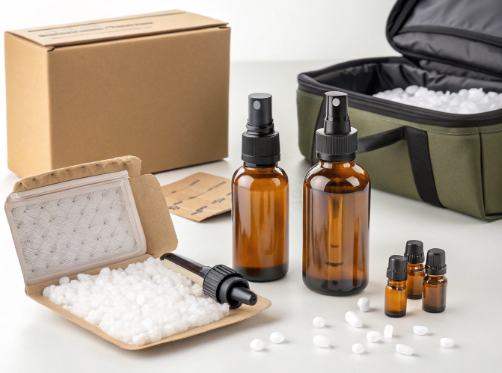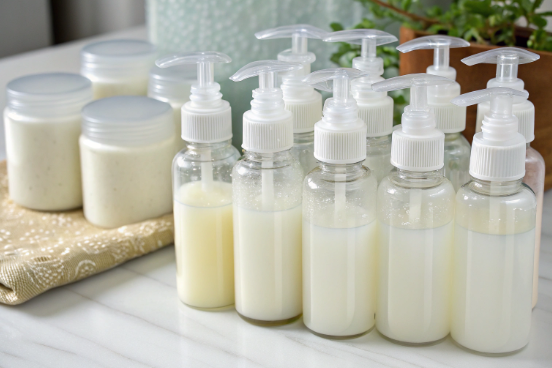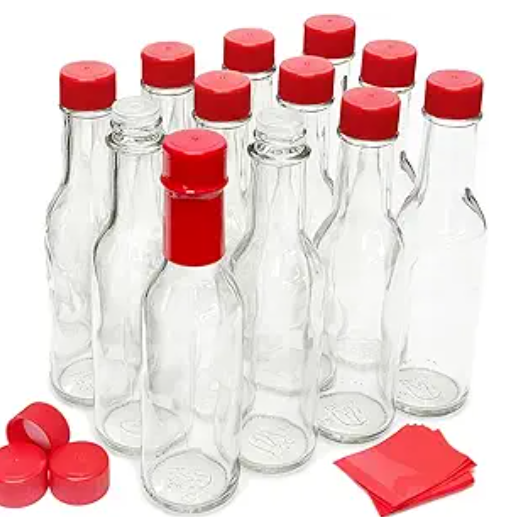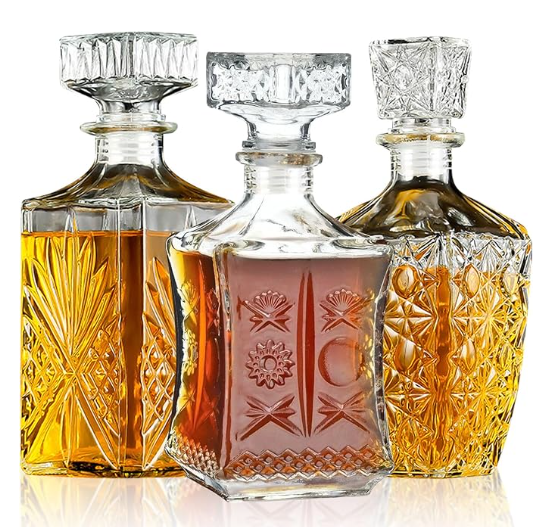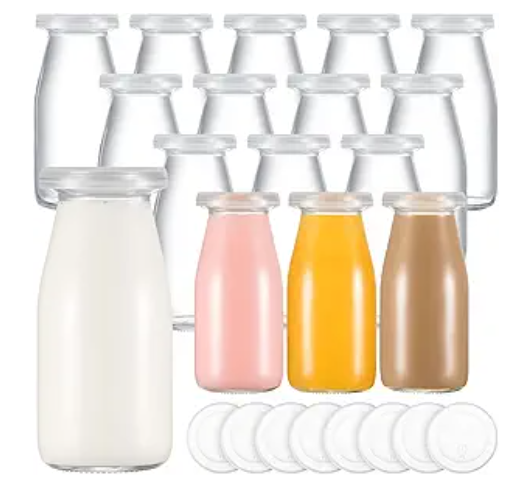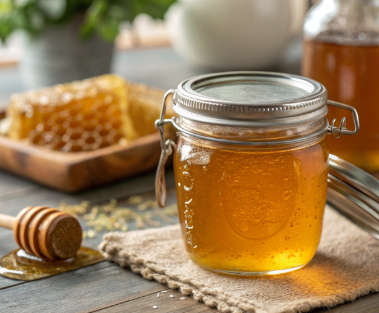Silicon travel bottles are practical and durable, but they are also prone to accumulation, discoloration and stubborn residues. If you do not clean them correctly, you can compromise on hygiene and product quality.
To clean the silicone travel bottles, wash them with warm soapy water, use baking soda or vinegar to stain and allow them to dry completely to prevent mold or odor.
At Paupack, we offer cosmetic packaging that is not only beautiful, but also easy to clean and reuse, especially for skin care, travel kits and refillable formats.
How to remove yellow from silicone bottle?
The yellow hue on your once clear silicone bottle is not only cosmetic, but also signal buildup or oxidation.
To remove yellows from the silicone bottles, dip them in baking soda and warm water solution, or soak them in diluted vinegar to break down and discolor.
Anti-yellow treatment
-
Make a paste: Mix 3 parts baking soda with 1 part water.
-
Apply inside and outside: Use a bottle brush or soft cloth.
-
Let the mixture rest for 20-30 minutes.
-
Rinse thoroughly: remove residue with hot water.
-
Air-drying: Inverted in a clean and dry area.
To perform deeper oxidation, soak the silicone in a 1:1 vinegar and water mixture for 1 hour. At Paupack, we always recommend that customers regularly clean the bottles with refilled silicone packaging to maintain their appearance and functionality.
How to deeply clean silicone bottles?
Rinse with water is not enough, especially after storing oil, lotion or soap.
To deeply clean the silicone bottle, remove all parts, immerse them in hot soapy water, scrub with a bottle brush, and use vinegar, baking soda or a gentle bleach solution.
Deep Cleaning Guide
| step | Method |
|---|---|
| Disassembly | Removing the cover, nozzle, inner plug |
| Immerse | In warm water + dish soap (20–30 minutes) |
| Scrub | Use soft bridge brush |
| Disinfection (optional) | Rinse vinegar or 5% bleach solution |
| Full dry | Prevent mold and bacterial growth |
If your bottle holds essential oils or creams, make sure to clean with cut grease soap. At Paupack, we design silicone containers with wide openings and removable components to make it easier for consumers and B2B dealers.
What is the best thing to clean silicone?
Some materials require gentle cleaning - but silicone is strong enough for some kitchen hackers.
The best detergents for silicone are baking soda, white vinegar, grease-style dishwashing soap and soft brushes that do not scratch or damage the surface.
The best detergent for silicone
| Cleaner | Best |
|---|---|
| Baking Soda | Yellowing, odor absorption |
| White vinegar | Residues, molds and stains |
| Dishwashing soap | Daily Cleaning and Grease Removal |
| Lemon Juice | Gentle whitening and odor neutralization |
Avoid strong solvents or abrasive pads. Paupack’s silicone packaging is made for fillability, and with proper cleaning, these bottles are kept clear, soft and reusable, especially for eco-conscious brands.
Can I put a silicone travel bottle in the dishwasher?
Silicon is usually heat resistant, but not all bottle parts are equal.
Yes, most silicone travel bottles are dishwasher-safe, but just place them on the top rack and avoid washing the lid or hat with metal springs or seals.
Dishwasher safety tips
-
Top rack only: Avoid direct heat exposure
-
Check symbols: Find "dishwasher safety" on the base
-
Disassemble parts: wash separately
-
Avoid drying cycles: Air drying can maintain flexibility
At Paupack, we produce silicone bottles that are 100% dishwasher-safe and are not subject to BPA or phthalate. We can also help brands design travel containers that meet FDA and EU hygiene standards for cosmetics and lotions, whether for airport-friendly kits or reusable skin care packaging.
Conclusion
Silicon travel bottles can walk to the distance as long as you clean correctly. With Paupack durable, user-friendly packaging and expert tips, your bottles stay fresh, practical and always ready for the brand.




